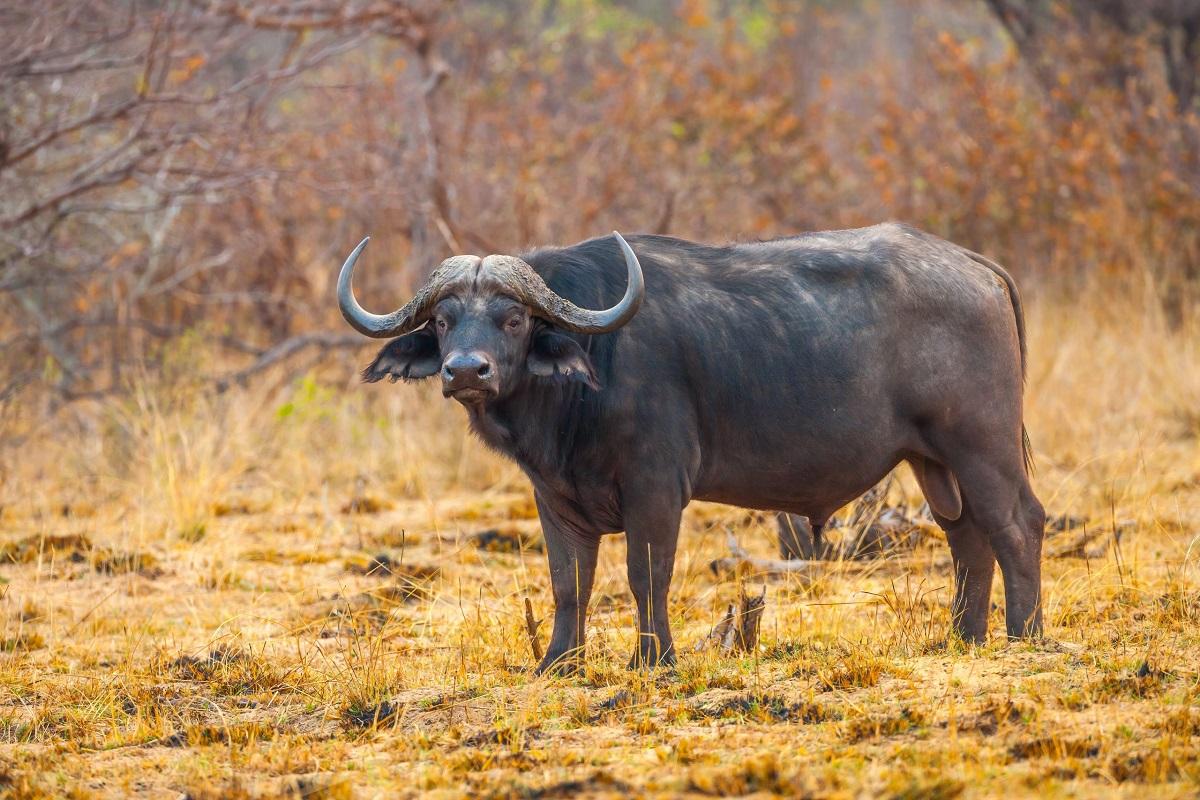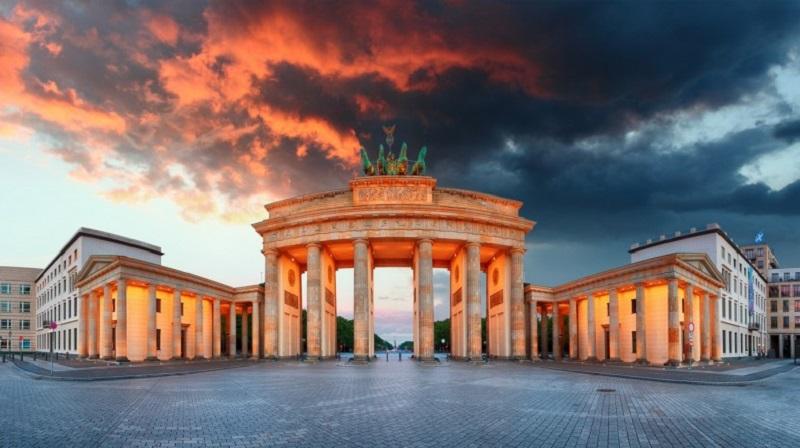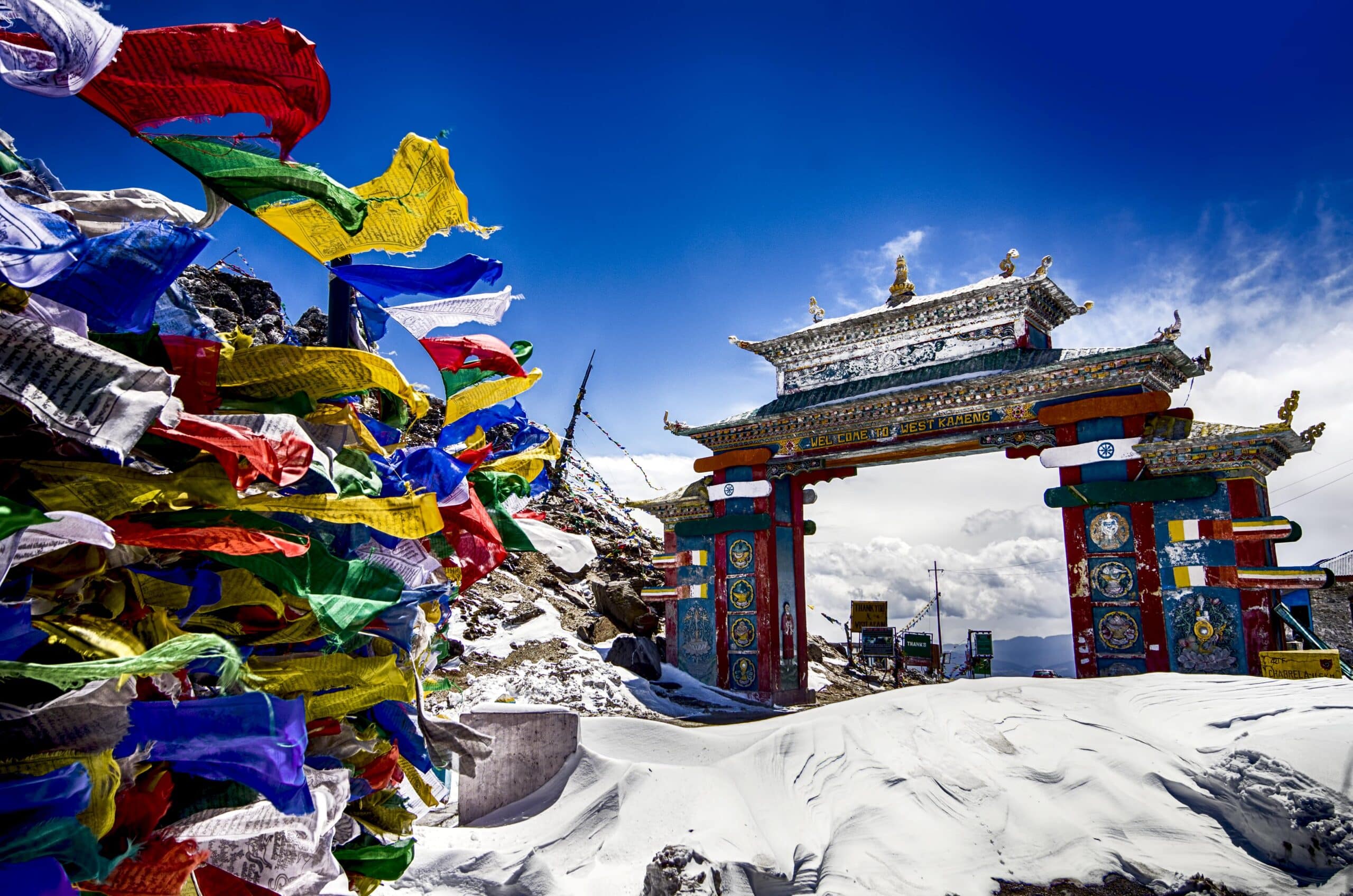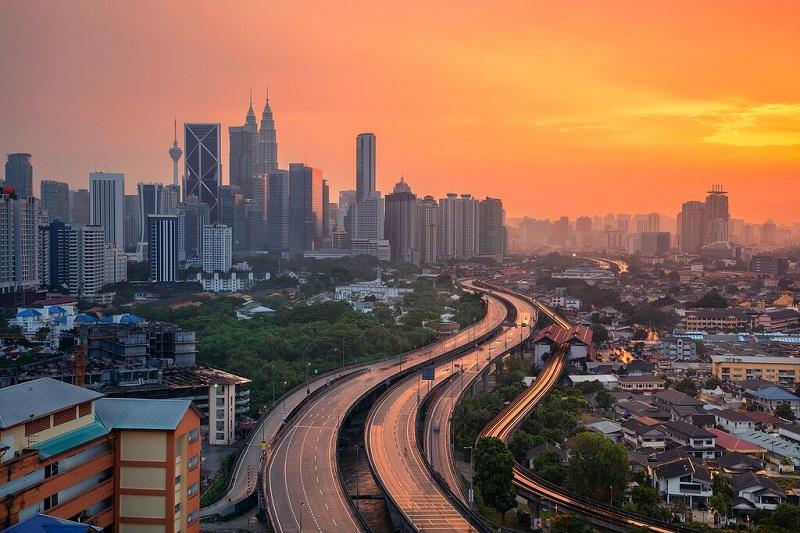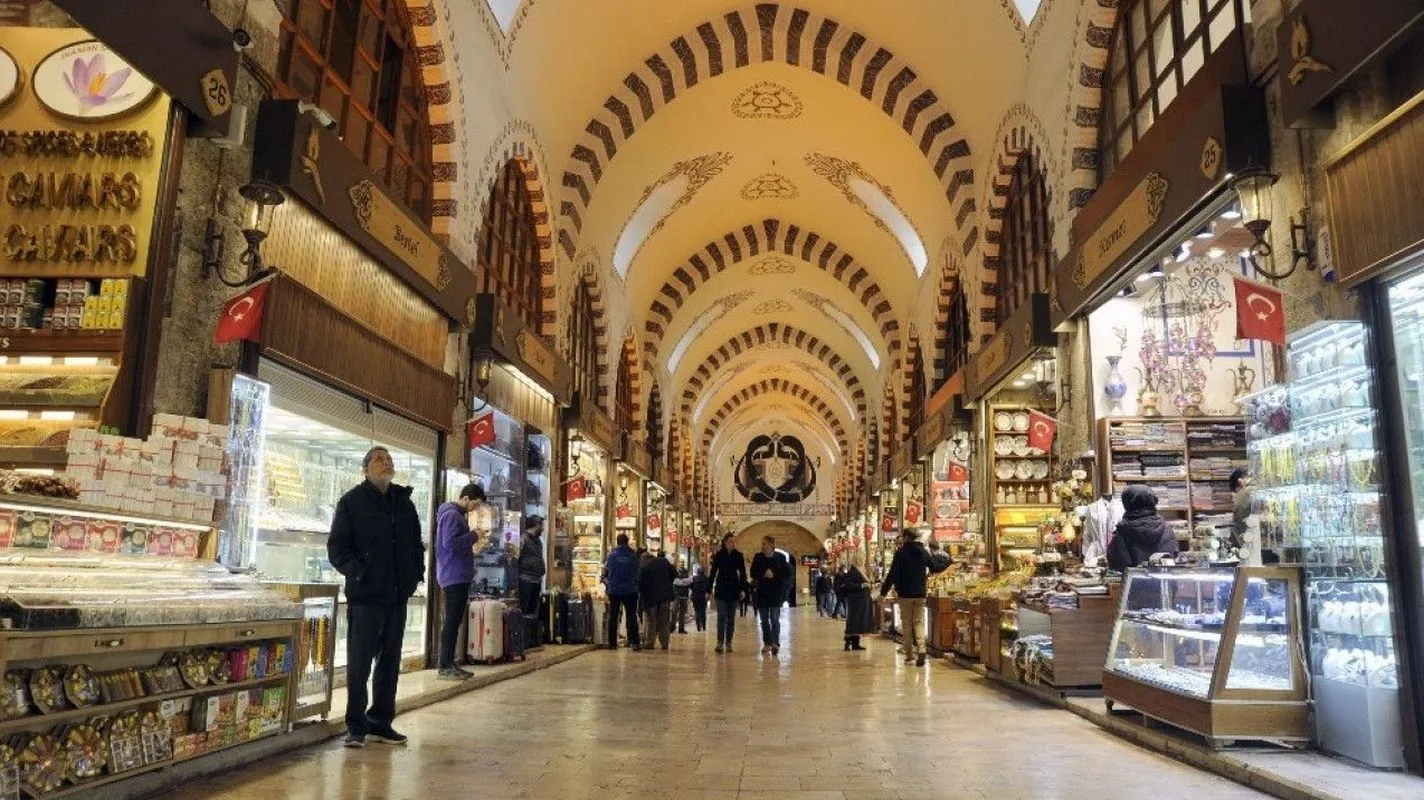Guide to Bwabwata: Namibia’s Riverine Safari
Bwabwata National Park is a unique protected area that stretches across the Caprivi Strip, a narrow strip of land sandwiched between Angola and Botswana. The park covers about 6,274 square kilometers and is known for its incredible diversity of ecosystems, ranging from dense forests and wetlands to savannahs and riverine environments.
What makes Bwabwata truly special is its dual-purpose status as both a conservation area and a home for local communities. Established in 2007, it is a haven for wildlife, offering rich biodiversity and serving as a corridor for elephants migrating between Angola, Botswana, Zambia, and Namibia. The park’s focus on human-wildlife coexistence makes it a fascinating destination for eco-tourism and conservation enthusiasts.
Please Download Our Mobile App here
Overview of Bwabwata National Park
Bwabwata National Park is divided into three core areas: the Mahango Core Area, the Buffalo Core Area, and the Kwando River area. The Mahango area, situated along the Okavango River, is particularly known for its wetlands. These attract a wide variety of bird species, as well as hippos and crocodiles.
The Buffalo Core Area, along the Kwando River, is a prime spot for spotting large herds of buffalo and elephants, along with several other species. The Kwando area features both open grasslands and dense forests, offering varied habitats for wildlife.
The park’s location along major river systems makes it a critical water source for animals, especially during the dry season. Bwabwata’s uniqueness lies in its combination of different ecosystems, supporting an array of wildlife while allowing local communities to sustainably live and thrive within the park’s boundaries.
Wildlife in Bwabwata National Park
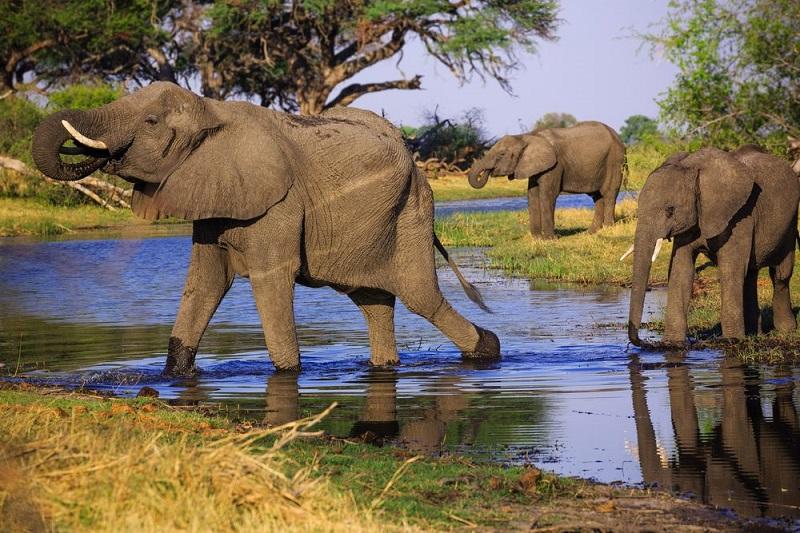
Bwabwata National Park is home to a wide range of wildlife, including some of Africa’s most iconic species. One of the key features of the park is its role as a migration corridor for elephants, with large herds frequently passing through the area. This is especially during the dry season when they migrate between Botswana’s Chobe National Park and Angola.
You can also expect to see buffalo, hippos, and a variety of antelope species, including roan, sable, and red lechwe. Predators like lions, leopards, and African wild dogs are present, though sightings are less frequent due to the park’s dense vegetation.
Bwabwata is also a birdwatcher’s paradise, with over 400 bird species recorded, including rare species such as Pel’s fishing owl, African skimmers, and wattled cranes. The park’s wetlands and riverine areas provide critical habitats for these birds, making Bwabwata an ideal destination for avid birdwatchers.
Best Time to Visit Bwabwata National Park
The best time to visit Bwabwata National Park is during the dry season, which lasts from May to October. During this period, wildlife congregates around water sources, making it easier to spot elephants, buffalo, and other animals. The dry season also coincides with cooler temperatures, which are more comfortable for game drives and other outdoor activities.
Although the wet season (November to April) transforms the park into a lush green landscape, it can make travel more difficult due to muddy roads and overgrown vegetation. However, the wet season is the best time for birdwatching, as migratory species flock to the park’s wetlands. Birdwatchers can take advantage of this period to see rare and colorful species that are not present during the dry months.
Getting to Bwabwata National Park
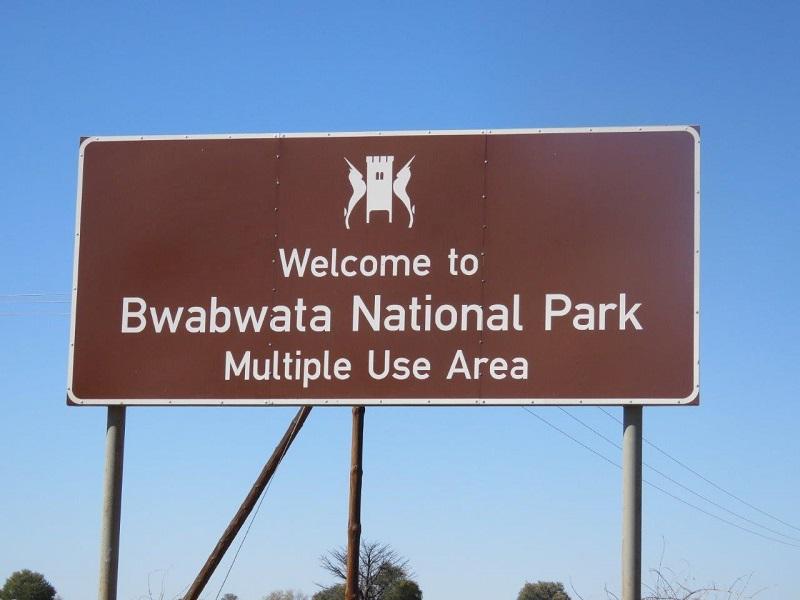
Bwabwata National Park is located about 900 kilometers from Windhoek, Namibia’s capital, and is accessible by road. The main route to the park is via the B8 highway, which runs through the Caprivi Strip and connects the park to major towns like Rundu and Katima Mulilo. The journey from Windhoek takes about 10 to 12 hours by car, and a 4×4 vehicle is recommended for navigating the park’s rugged terrain, especially during the wet season.
For those preferring to fly, the nearest airstrips are in Divundu, about 20 kilometers from the park, and Kongola, near the Kwando River. There are also charter flights available to the park, offering a quicker but more expensive option for reaching this remote destination. Once inside the park, visitors can explore the different core areas by vehicle, with several well-maintained roads providing access to key wildlife viewing spots.
Other Activities at Bwabwata National Park
Bwabwata National Park offers a variety of activities that cater to both wildlife enthusiasts and cultural tourists. Game drives are the most popular activity, allowing visitors to explore the park’s diverse ecosystems and spot wildlife like elephants, buffalo, and antelope. Birdwatching is another major draw, particularly in the Mahango Core Area, where the park’s wetlands attract a rich array of bird species.
You can also take boat trips along the Okavango and Kwando Rivers, offering a unique perspective on the park’s wildlife, including hippos, crocodiles, and various waterbirds. Cultural tours are available to meet the local communities living within the park, offering insights into their traditional ways of life and how they coexist with the surrounding wildlife. For those looking for a more immersive experience, camping is allowed in designated areas, providing a true wilderness experience in this remote part of Namibia.
Park Fees at Bwabwata National Park
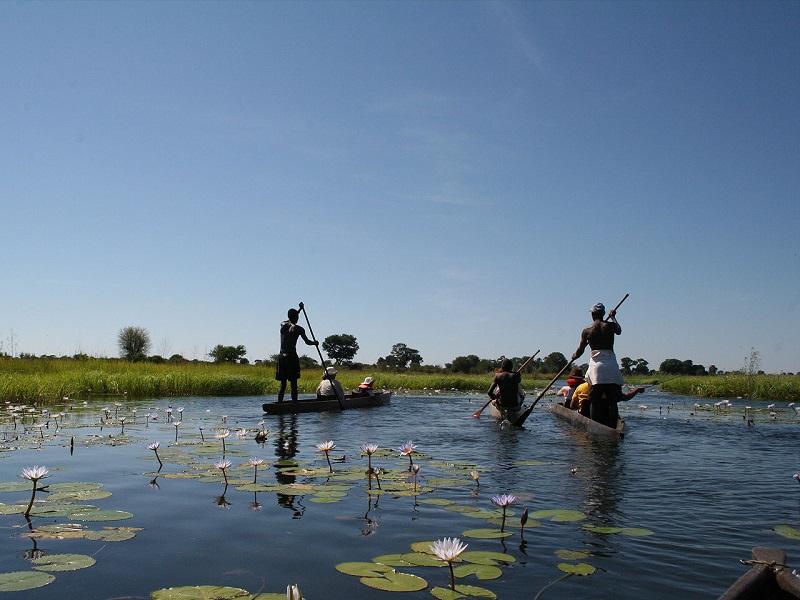
Entry fees for Bwabwata National Park are generally affordable, with non-resident adults paying around NAD 100 (about $7) per person. Namibian residents typically pay a reduced fee of about NAD 30 (roughly $2).
Additional fees apply for guided tours, camping, and other activities such as boat trips. It’s advisable to check with local tour operators or Namibia’s Ministry of Environment, Forestry, and Tourism for the most up-to-date information on fees and park regulations, as they can change seasonally or due to park management policies.
FAQs
What wildlife can I see in Bwabwata National Park?
Bwabwata is home to elephants, buffalo, hippos, and several species of antelope, as well as predators like lions, leopards, and African wild dogs. The park is also known for its diverse birdlife, with over 400 species recorded.
Can I camp inside Bwabwata National Park?
Yes, there are designated campsites within the park where visitors can stay overnight. These campsites offer basic amenities, and camping provides an immersive wilderness experience.
Is Bwabwata National Park accessible by car?
Yes, the park is accessible by car via the B8 highway. However, a 4×4 vehicle is recommended, especially during the wet season when roads can become muddy.
Conclusion
Bwabwata National Park is a remarkable destination that combines wildlife conservation with community involvement, offering visitors a unique eco-tourism experience. Bwabwata promises a rewarding experience for all nature lovers and adventurers.
